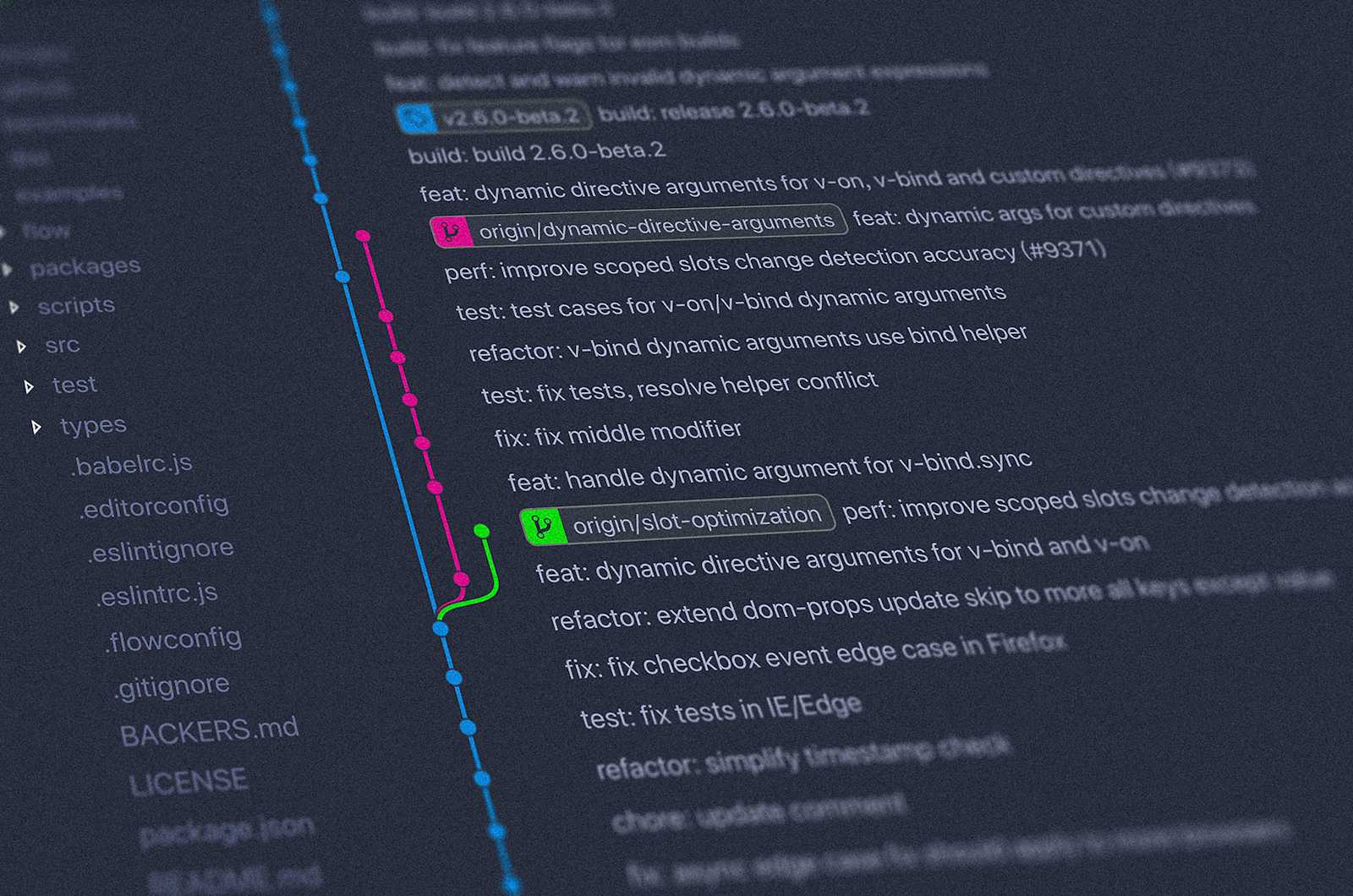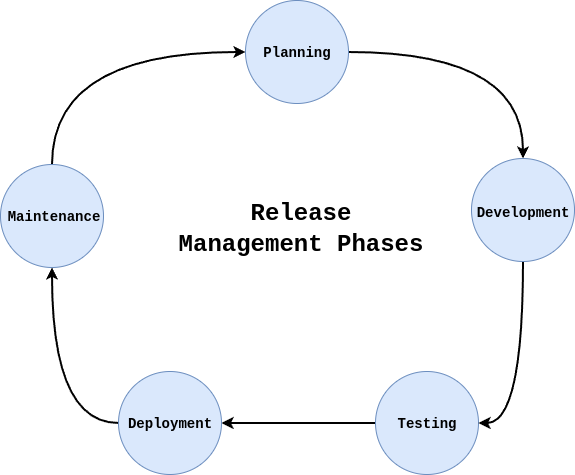Software Releases Explained
 Maxat Akbanov
Maxat Akbanov
Software releases refer to the process of delivering an updated version of software to end-users or to a production environment. This process is a critical part of the software development lifecycle (SDLC) and involves several stages, including planning, development, testing, deployment, and maintenance. The goal of a software release is to provide users with new features, bug fixes, security patches, and performance improvements in a stable and efficient manner.
Types of Software Releases
Major Releases: These involve significant changes to the software, including new features, changes to the user interface, or substantial performance improvements. Major releases often change the first digit in the version number (e.g., from 1.x to 2.x).
Minor Releases: Minor releases typically add smaller new features or significant improvements and fixes to existing features. They are denoted by a change in the second digit of the version number (e.g., from 1.2 to 1.3).
Patch Releases: These are focused on fixing bugs, security issues, and making minor performance improvements without adding new features. Patch releases change the third digit of the version number (e.g., from 1.2.1 to 1.2.2).
Emergency Releases: Emergency releases are unanticipated, immediate software updates aimed at resolving a critical problem. Issues like a security flaw similar to Log4Shell or a significant performance problem could require an urgent patch to be deployed beyond the normal release schedule of a product. These are often known as "hotfixes." Some organizations use additional labels to highlight the nature of the release, such as appending "-hotfix" or "-security" to the version number (e.g., 2.3.5-hotfix or 2.3.5-security). This makes it clear that the release addresses a specific urgent issue.
Stages of Software Releases
Pre-alpha: This phase covers all activities leading up to a significant release, including requirements gathering, setting prices for new features, designing, and developing.
Alpha: This phase typically marks the beginning of testing and validating the behavior of the new code. Alpha releases are often tested internally within the company.
Beta Releases: Beta versions are released for testing purposes, allowing users to provide feedback on new features or changes before the final release. These are not considered stable and are expected to contain bugs.
Release Candidates (RC): Release candidates are versions of software that are potentially final products ready for release unless significant bugs emerge. In this stage, all product features have been developed and tested.
Final Release: If the release candidate passes testing without revealing any major bugs, it's time to proceed with the final version's release. The timing and method of this release will vary based on your chosen methodologies and deployment and release strategies.
Phases of Software Releases

Planning: This phase involves defining the scope of the release, including what features will be added, improved, or fixed. It also includes setting timelines and allocating resources.
Development: During this phase, developers implement the new features, improvements, and bug fixes based on the release plan.
Testing: The software is thoroughly tested to ensure quality and stability. This includes unit testing, integration testing, system testing, and acceptance testing.
Deployment: The release is deployed to production environments. This may be done in stages, starting with a limited rollout to detect any unforeseen issues before a full deployment.
Maintenance: After the release, the software enters the maintenance phase, where any new bugs or issues are addressed through patch releases.
Difference between Software Release and Deployment
Software release and deployment are closely related concepts in the software development lifecycle, but they refer to different processes and stages of making software available. They do not mean the same thing, although they are often used interchangeably in casual conversation. Here’s how they differ:
Software Release
Definition: A software release refers to the process of launching a new version of the software to the public or making it available for use. It involves finalizing the development of new features, bug fixes, or updates, and preparing the software version for distribution. A release can include packaging the software, creating release notes, and often marking a specific point in the software's version history.
Scope: The release process is broader and encompasses the decision-making, versioning, and announcement activities associated with making a new version of the software available. It is a strategic step that signifies the completion of a set of features or fixes that are ready to be delivered to users.
Objective: The main goal of a release is to provide stakeholders with a new, stable version of the software that includes specific changes or improvements. The release marks a milestone in the software development lifecycle.
Software Deployment
Definition: Deployment is the technical process of installing, configuring, and enabling a specific version of software in a computing environment. It can occur at various stages throughout the development process, including during development, testing, and production stages.
Scope: The scope of deployment is narrower, focusing on the technical steps required to make the software operational in a specific environment. It involves tasks such as copying software files to servers, configuring databases, and setting up necessary services or dependencies.
Objective: The objective of deployment is to ensure that the software is correctly installed, configured, and running as expected in its intended environment. Deployment can occur multiple times during the software development and release cycle, including deploying updates or patches to an existing release.
Key Differences
Conceptual Scope: Release is a broader concept that includes the end-to-end process of making a new software version available, including planning, versioning, and communication. Deployment is a subset of this process, focused specifically on the technical steps to install and configure the software in a particular environment.
Frequency: A particular version of the software is released once, but it may be deployed many times across different environments (development, staging, production) or in different contexts (such as multiple customer sites).
Focus: Releases are focused on the software version from a product lifecycle perspective, highlighting new features and improvements. Deployment is focused on the operational aspect of getting the software to run in a specific environment.
Understanding the distinctions between software release and deployment helps clarify the different responsibilities and actions involved in making software available and operational for end-users or within an organization.
References:
Subscribe to my newsletter
Read articles from Maxat Akbanov directly inside your inbox. Subscribe to the newsletter, and don't miss out.
Written by

Maxat Akbanov
Maxat Akbanov
Hey, I'm a postgraduate in Cyber Security with practical experience in Software Engineering and DevOps Operations. The top player on TryHackMe platform, multilingual speaker (Kazakh, Russian, English, Spanish, and Turkish), curios person, bookworm, geek, sports lover, and just a good guy to speak with!